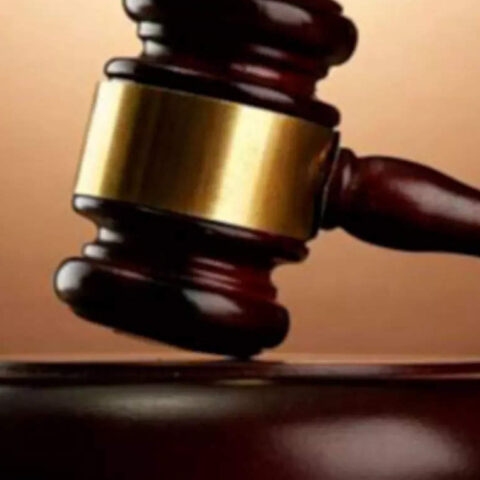For a show about nothing, Seinfeld’s sets were certainly something. The NBC sitcom, which premiered in July 1989, boasted 1,380 sets over the course of nine seasons, taking viewers on a delightfully neurotic tour of New York City—from an overcrowded Chinese restaurant to a movie theater bathroom that sparks a toilet paper debate.
“We shot sets, struck sets, you couldn’t move in here there were so many sets,” Seinfeld’s production designer, Thomas Azzari, shared in an HBO bonus feature. “We had so many sets that the stage wasn’t big enough—we had to move to the biggest stage on the lot,” Larry David, the show’s cocreator, added.
There were, of course, the two classics that remained a steadfast staple at CBS Studio Center in Los Angeles, where the show was filmed—Jerry Seinfeld’s Upper West Side apartment, with its well-worn navy blue couch and white-and-blue door, which needed to be replaced three times due to the sheer force of Kramer’s entrances; and Monk’s Café, a quintessential old-school New York City diner complete with comfy brown booths, perfect for kvetching about low-talking girlfriends and coma etiquette.
In celebration of the series’ 35th anniversary, read on for some little-known tidbits about the sets and locations of Seinfeld.
Seinfeld’s iconic parking garage had to be faked
The beloved Seinfeld episode involving the gang—the titular character played by the comedian of the same name and his three pals, Elaine (Julia Louis-Dreyfus), George (Jason Alexander), and Kramer (Michael Richards)—locked in a multilevel parking garage made for a serious production conundrum. There were conversations about filming on-location, but sound and lighting made the process too tricky, so the crew wound up building a garage right on the soundstage, disassembling Jerry’s apartment and Monk’s Café for the occasion—an unprecedented move for sitcoms at the time.







